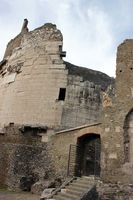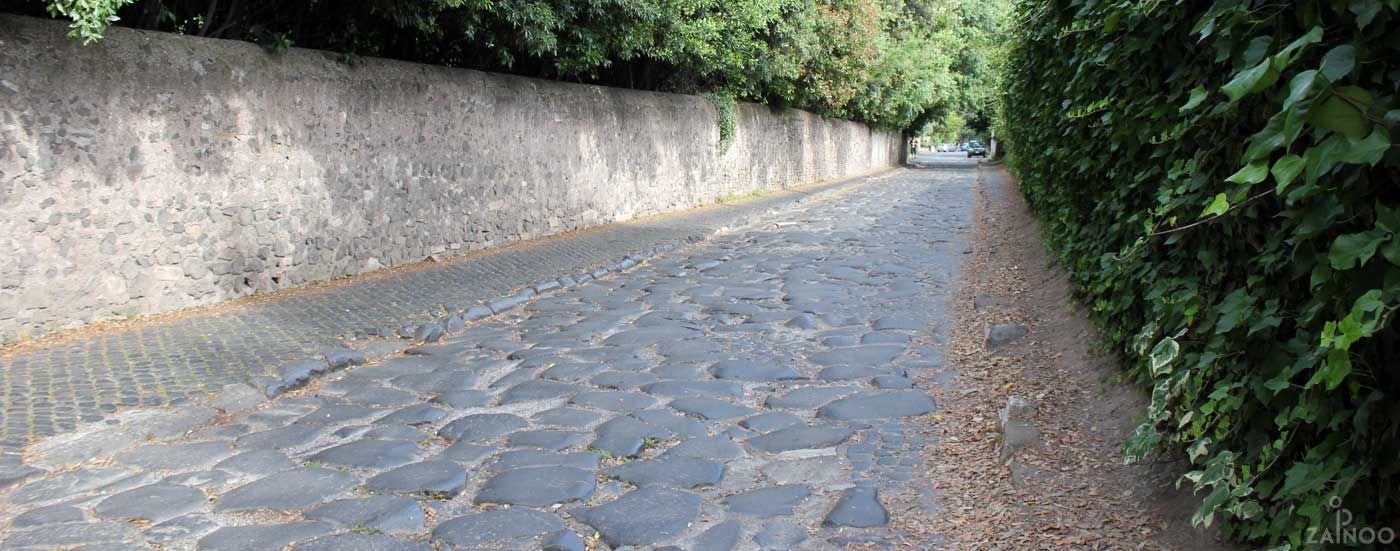Via Appia Antica
Street
The Via Appia Antica
The first Roman highway
The Via Appia Antica was already known in ancient times as the "Queen of the Road" and connected the Roman capital with the important ferry port Brindisi in the east of the country. Although there were many smaller roads in the 4th Century, it was Appius Claudius, who both gave the road its name as well as commissioned the construction of the first highway. In its first phase, the Via Appia led 195 kilometres to Capua and was extended to Brindisi in 190 B.C. With a total length of 580 kilometres, it was then the first and most modern highway in the world. With a two-lane road with a width of 4.75 metres, two 1.5 metre wide pavements and rest stops every 10 to 15 kilometres, it was thus the first highway of antiquity. Left and right of the Via Appia Antica, the Roman nobles built tombs for their families outside the city walls. These tombs and memorials are today quite characteristic for the Via Appia Antica and produce a wonderful whole.
Along the Via Appia Antica: Quo Vadis Domine and grave of Priscilla
The best starting point for a walk along the Via Appia Antica is the small church Quo Vadis. According to legend, St. Peter wanted to flee from his martyrdom in Rome and met a man at this point whom he asked where he was going (Domine Quo vadis?). He replied "I come to be crucified again." Peter recognized that Christ spoke to him and turned back to face his fate. The small church reminds us of the legend. Directly opposite is a medieval tower. Here lies the grave of Priscilla, which was later converted into a watchtower.
Via Appia Antica: Tomb of Romulus and the Circus of Maxentius
Immediately after the church Quo Vadis you can see numerous tombs and statues along the way. Right after the entrance to the catacombs of St. Callixtus you reach the tomb of Romulus. The rotunda with column architecture in the front is designed similar to the Pantheon and houses the remains of the early deceased son of the Emperor Maxentius. The villa of the Emperor and the Circus of Maxentius were once located behind the tomb. It offered space for 10,000 spectators who cheered at the chariot races. The excavations can be visited with the purchase of a pass.
Via Appia Antica: Tomb of Cecilia Metella
Shortly after the excavation you reach the imposing tomb of Cecilia Metella. It contains the remains of Cecilia Metella, the daughter of the consul Crassus, who defeated Spartacus in 71 B.C. and built the first triumvirate together with Caesar and Pompey. The colossal grave clearly shows the rise of the personality cult in the Roman Empire and the transition to the imperial period. In the following centuries, the tomb was converted into a proper fortress that served as a customs station for merchants along the Via Appia Antica.
Today, the Via Appia Antica runs through the Regional Park Via Appia Antica, which guarantees the protection of historic sites.







Tweet